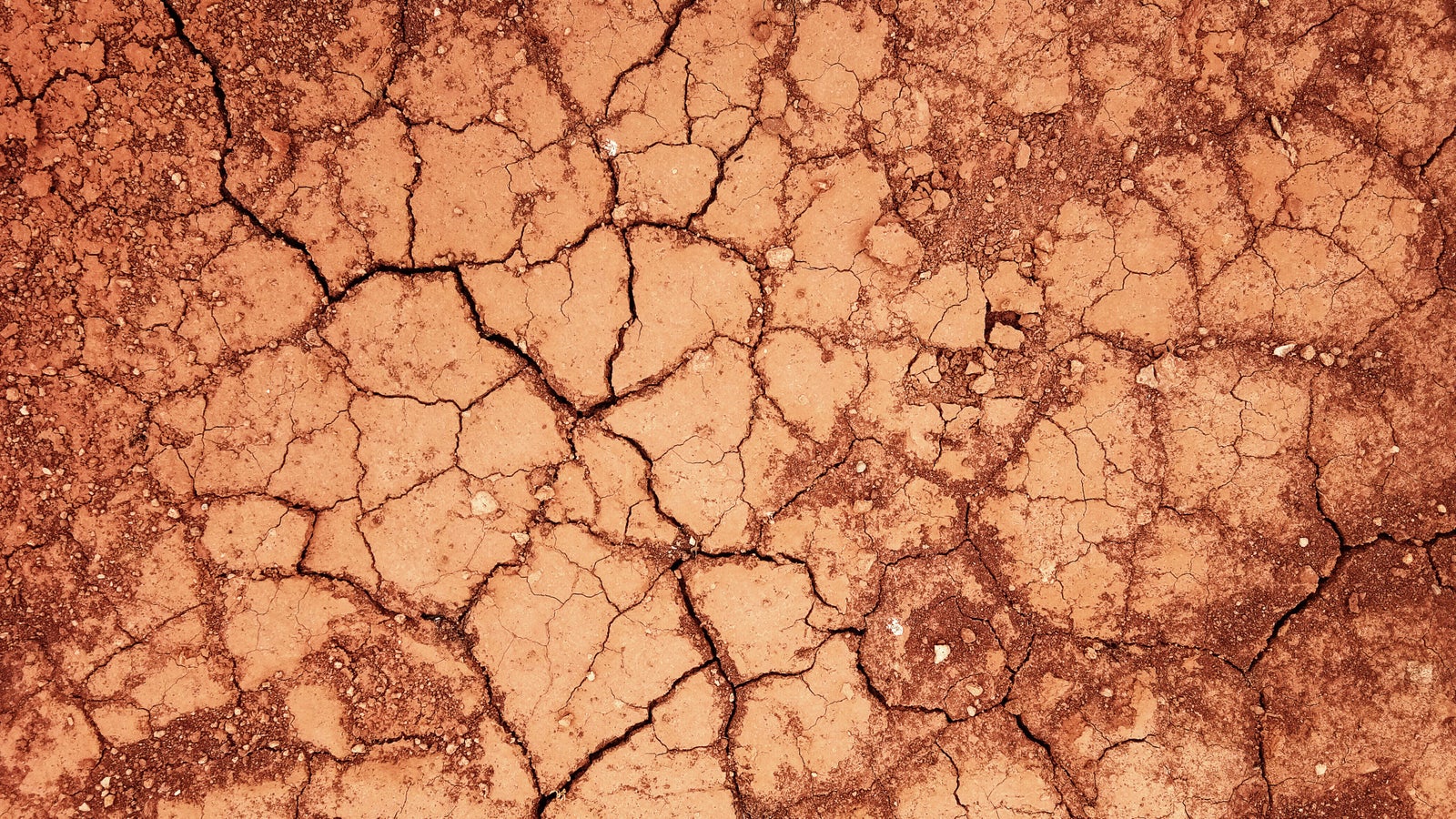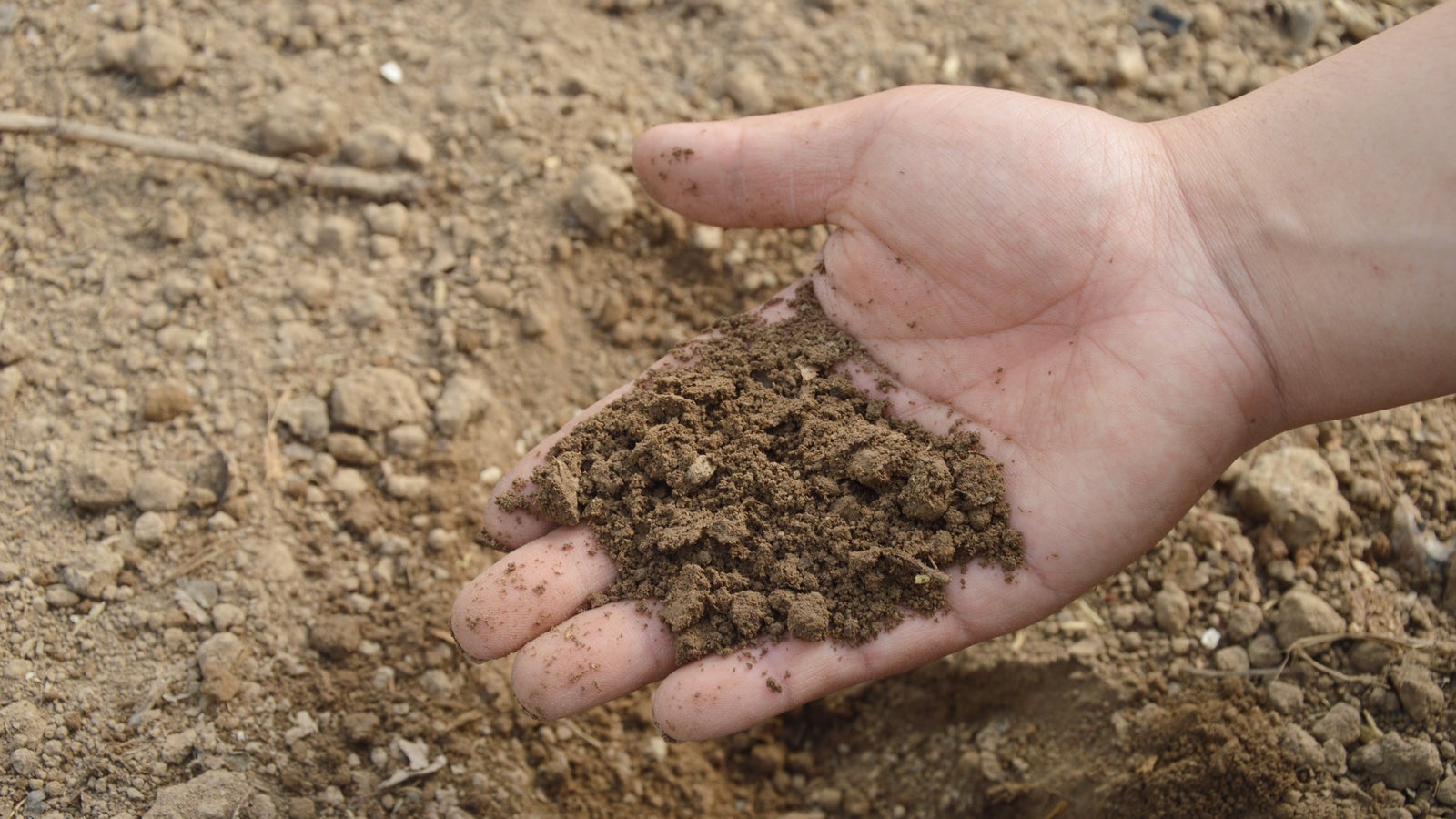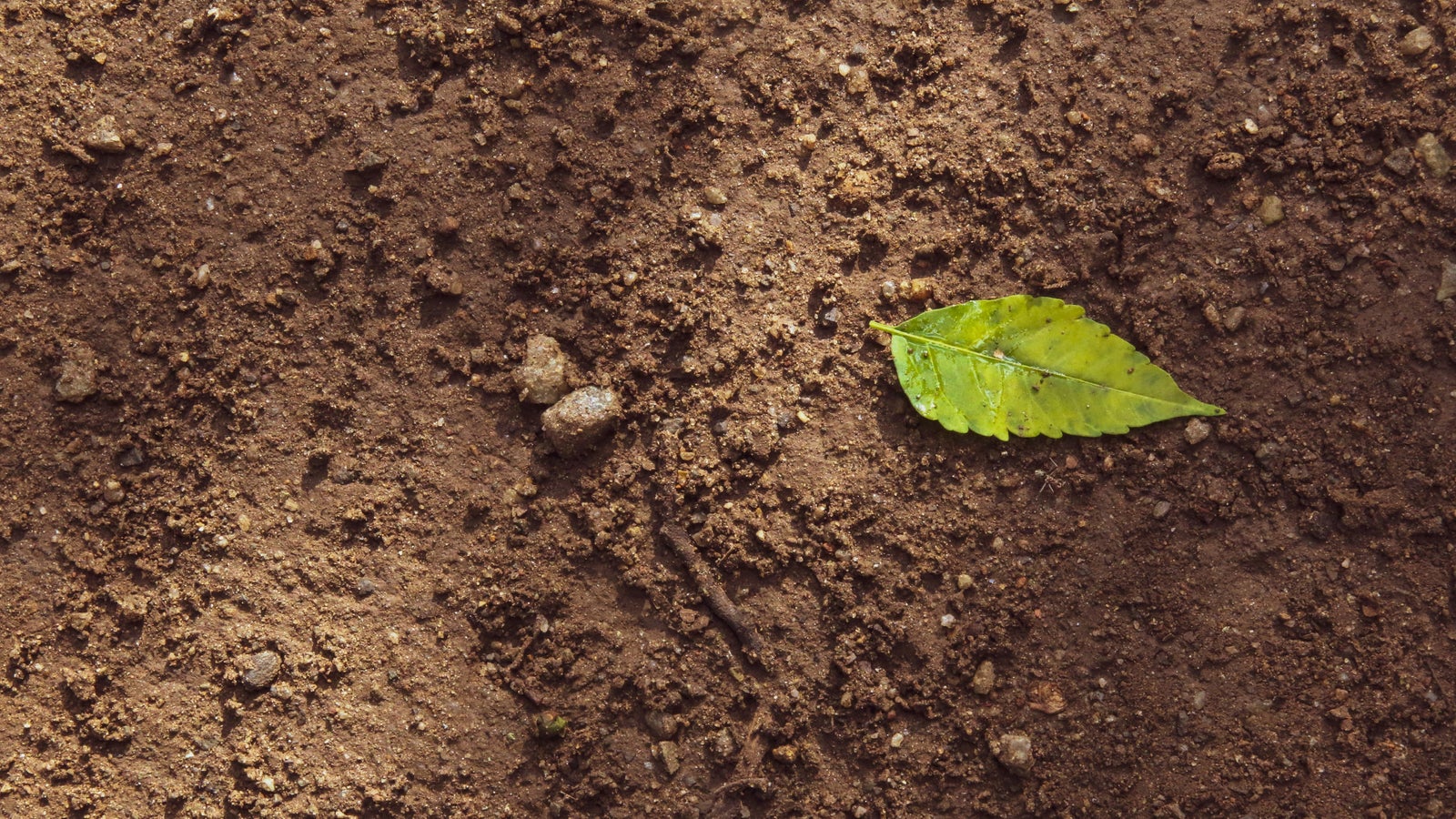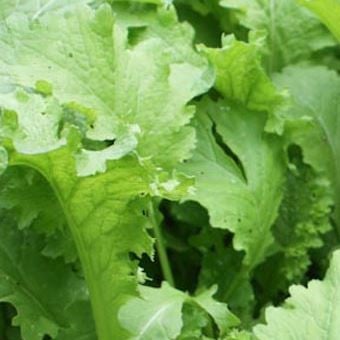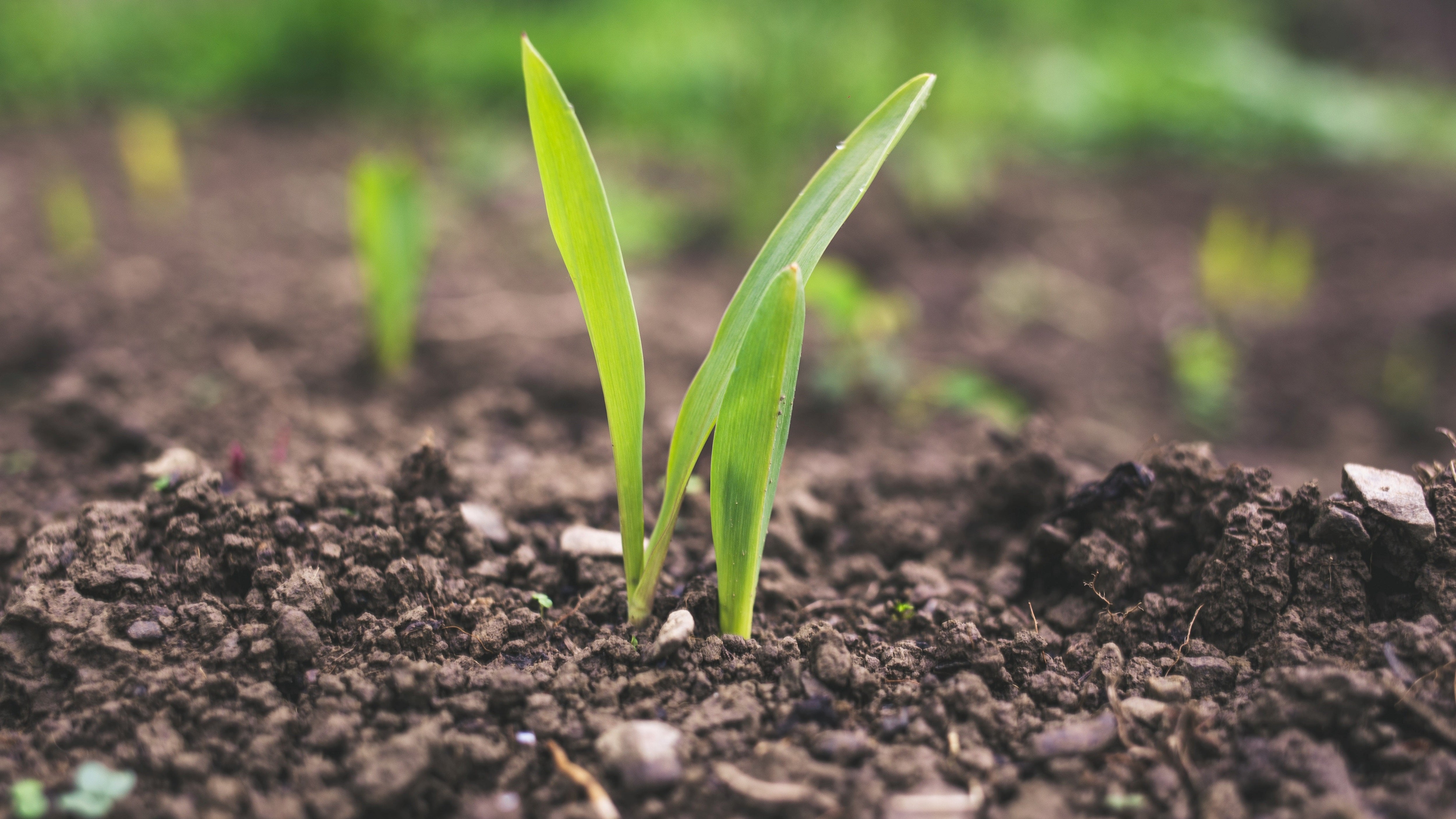
The Importance of Good Soil
28 Oct, 2021
When our soils are healthy and full of life, they make our lives as gardeners easier, as they help us to nurture healthy and disease-resistant plants. Poor, depleted soils are less complex, less interesting and less productive. Even a basic understanding of what kind of soil you have and how to work with it can make gardening considerably easier.
New Zealand soils are young, and as a result, there are mineral deficiencies found in most of our soils. These deficiencies can be generally addressed by using Natures Organic Fertiliser, which is full of minerals and loaded with beneficial bacteria and fungi that will help stimulate the life in your soil.
What is soil?
Soil is made up of air, water, decayed plant residue, organic matter, and minerals, such as sand, silt, and clay. Because healthy soils are also porous, they allow air and water to move freely through them which ensures a suitable habitat for soil organisms to support growing plants.
Types of soils
There are many different types of soils found in gardens around the country, and each type can be improved with a little extra care.
Clay soils
Clay particles are incredibly small and have a tendency to stick together. Heavier soils will regularly form a sticky, gloopy mess in winter, only to turn into an impenetrable concrete over summer.
Yet despite being frequently reviled, clay soils do have advantages. They are often nutrient-rich, but the poor structure means that your plants can't take advantage of this. By adding gypsum and organic matter (compost and sheep pellets) and by deeply aerating your garden beds, you can slowly improve the structure. And the results can be impressive; within a few years, it's possible to create a garden with lush, deep friable soil in an area that had previously only a thin layer of topsoil on top of a hard clay pan.
Sandy soils
The problems faced by those on sandy soils are almost the exact opposite of those faced by people on clay. The large size of the soil particles means that they drain way too freely, meaning nutrients leach away and they're hard to keep moist.
Yet oddly, the solution is similar to that of clays. What you need to do is increase the amount of organic matter content in your soil by adding composts and manures, which increase the water-holding capacity of your soil dramatically and help create a structure that will resist leaching.
Volcanic soils
Gardeners that grow on volcanic soil, which is highly mineralised, are probably used to the envious looks of other gardeners as they effortlessly dig holes and grow plants! This envy is understandable: lots of people that live with clay soil love avocados, but growing them there is pointless – it's a cinch growing them in volcanic soils, as while drainage may at times be an issue, adding compost and mulching can help no end. If you're worried about your volcanic soil drying out, adding sphagnum moss or Saturaid can really help reduce any watering issues.
Silty Soils
Silty soils are primarily made up of silt particles. This includes fine sand, clay, and other materials carried by running water and deposited as a sediment. Silty soils form a crust when dry, which can be hard for water to penetrate.
Loamy Soils
Loamy Soil is comprised of a mixture of clay, sand and silt and avoids the extremes of clay or sandy soils. They are fertile, well-drained and easily worked. They can be clay-loam or sandy-loam depending on their predominant composition and cultivation characteristics.
What is soil pH?
Soil pH is a numerical measure of the acidity or alkalinity of the soil, usually measured on a scale of 0 to 14. Neutral solutions have a pH of 7, acidic solutions have a pH lower than 7, and alkaline solutions have a pH higher than 7.
Understanding your soil pH is important for choosing the right plants for your garden as some plants prefer different types of soil. Although most plants prefer more neutral soil around a pH of 7, some plants like a higher acidity or alkalinity. For example, azaleas, camellias, and rhododendrons prefer an acidity of 4.5-5.5 and asparagus, spinach, and succulents like an alkalinity of 7.5 pH.
Hydrangeas are a common plant where the pH of the soil has a significant influence on the outcome of their flowers. An acidic soil will change the colour to blue/purple and alkaline soil will make them turn pink/red. Though this can be manipulated by adding a liquid fertiliser into the soil to lower your pH, add garden sulfur or aluminium sulfate.
To alter the pH of the soil, various minerals can be added depending on the level of pH your soil has. To make the soil more acidic add sulphur, peat, or sawdust. To make the more alkaline, add limestone, lime, or calcium carbonate.
What is organic matter?
Organic material is anything that was alive and is now in or on the soil. For it to become organic matter, it must be decomposed into humus. Humus is organic material that has been converted by micro-organisms to a resistant state of decomposition, such as compost.
Micro-organisms are microscopic organisms that live in the soil. These are made up of bacteria, fungi, algae, and protozoa. Their job is to decompose organic matter, provide nitrogen, detox harmful chemicals, supress disease organisms and stimulate plant growth.
Growing green manure/’compost' crops to improve your soil
Another great way to protect soils, improve their structure, and add nutrients is to grow green manure crops. Green manure crops are basically cover crops that are grown at a time of year when the soil would otherwise be empty, and then dug in while they are still green. In Auckland we are lucky that it is warm enough that we can grow cover crops in our empty beds over winter and then dig them in while they are still green before planting the beds up again in spring.
Advantages of growing green manure crops
Prevents soil erosion
When exposed to the wind and the rain, bare soil will start to wash away. A green manure crop helps by improving the structure of the soil by physically holding it there with the roots, while protecting the soil with the foliage.
Suppresses weeds
Bare soil is a great way to grow weeds. But green manure crops ensure that there isn't enough space for weeds to take hold of your bed. This should also help you next year as it means there should be less weed seed to germinate.
Fertilises
You add an array of different nutrients depending on which crops you use.
Helps beneficial microbes
Digging the organic material into the soil helps stimulate soil biology by providing many of the beneficial microbes with food. This in turn, helps the plants as a soil rich in beneficial microbes is less likely to harbour diseases and makes it easier to keep your plants well-fed.
Makes your life easier
In the long run, growing green manure crops should help you save time and money, as you won't need to weed as much, use as many weed killers or pesticides, or use as many fertilisers.
What to Grow
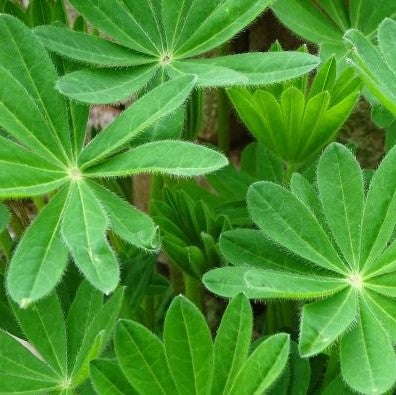
Lupins
Bacteria attaches itself to the roots of lupins and takes nitrogen from the atmosphere, locking it into the soil. Lupins are also great at accessing phosphorus from soil minerals, which will become accessible to other plants after they have been dug in.
Sow late Summer/Autumn
Dig in October/November
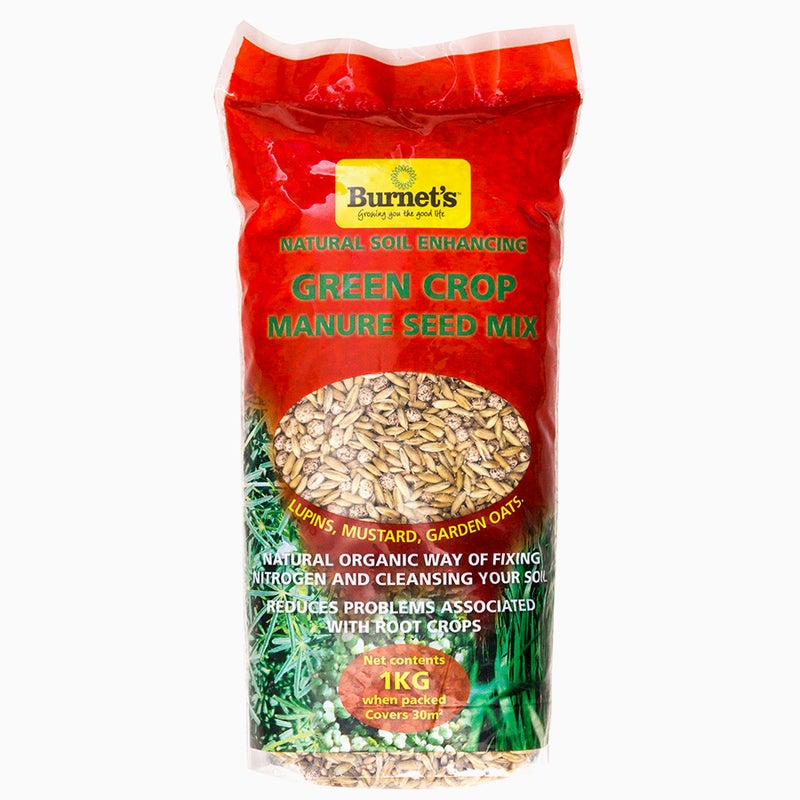
Green Manure Mix – a mix of lupins, mustard and oats
The oats accumulate potassium and nitrates from deep down in the soil and then capture these nutrients in the topsoil. They are also great for the structure of the soil and when grown with mustard, very effective at suppressing weeds.
Sow Autumn/Winter
Dig in while they are flowering, before the seeds set
